Oh hi there!
How are you? I hope your week was a little more normal than mine because have I got a doozy of a kid table vibe for you. Let’s just get right into it (and follow it with the amazing things I learned from the great Judy Blume).
The kid table vibe of the week is…
Note: You can listen to this entire newsletter as a podcast above or read it below.
A bat in the cave (a.k.a. my bedroom)
When sitting at the kid table, this phrase is either a joke you play on a friend or a seriously embarrassing realization or, for that one kid, a fully embraced situation. But for Aaron and me last weekend, this phrase took on new meaning.
The discovery
In the middle of the night on Saturday, we awoke to a fluttering sound. We thought, “Maybe it is something on our roof. Nah, it sounds closer. Maybe the attic.”
But as my eyes adjusted, I could see the culprit of the noise: an erratic shadow darting above my head.
Oh no.
We had a bat in the cave (A.K.A. our bedroom).
The reaction
So I did what anyone would do in that situation…hid myself way down deep under the covers. (Is there anything more kid table than that?)
Half-asleep Aaron stumbled out of bed barely registering me saying “bat” until he turned on the lights and yelped, “BAT!” With only a pillow in his hand to protect him, he dodged into the bathroom so he could better assess the situation. I didn’t see any of this because I was too scared to peek my head out. All I could get myself to do was call my dog to hide with me under the covers.
Eventually the bat found a good resting spot on our curtains, and I found the courage somewhere deep within me to sneak past him and escape.
The team (or lack of one)
We read that if you wake up to a bat in your room, you are supposed to get someone to check for rabies. So we called animal control who told us they’d call us back soon. As we waited, we drifted in and out of sleep to bat nightmares until, six hours later—yes six—they finally called us back.
We told the guy the situation and he said, “Why didn’t you let him out the window? Because it is light outside now, that’s going to be really hard for you.”
I was speechless. He continued, “We could come take care of it for you. Our weekend rates are double, so $600.”
I replied, “I’ll call you back” and hung up.
The extraction
Covered in raincoats and hoodies and armed with a large plastic container, we snuck the window open behind the bat, gave him a gentle nudge, and with a terrifying last attempt to fly at our faces behind the plastic container, he flew outside.
And then…
I never called the guy back. Because revenge.
The aftermath
It turns out when you wake up to a bat in the room, you don’t REALLY know if you’ve been bitten or scratched which means you don’t REALLY know if you have rabies which has a 100% death rate if not treated.
So…you have to get an intense series of rabies shots.
When we got to the emergency room to receive them, they said, “It’s too bad you didn’t have animal control come by to catch and test the bat for rabies. Would have saved you a lot of time.”
…
All I can say is, I am in awe of the nonsense that is life sometimes. I don’t have any wisdom to depart after this experience, but I feel like a changed person.
I am vengeance.
I am the night.
I am Batman.
This week at my desk…
I outlined a marketing plan to take over the world with my debut book (suddenly evil laughs have become the theme of this newsletter) and finished a color study dummy for my second picture book (I’m so excited about it!).
Speaking of the debut, I just realized there is a batman reference in there! (Gotta keep the newsletter theme going, right?) Wanna see?
This week AT THE KID TABLE, we’re sitting with children’s book author Judy Blume!
You probably know her for the famous Are You There GOD, It’s Me Margaret which was made into an excellent movie (seriously, I watched it twice and Blume herself said it is better than the book) or her many other New York Times bestselling books for kids (and adults).
But you may not know that she has no sense of direction (something I share) OR that she is a bookstore owner OR that she has consistently been on the most frequent banned list throughout her career —which inspired her to become a highly-honored advocate for intellectual freedom.
Judy Blume is a courageous kidlit legend whose books have offered a space for readers, especially women, to feel seen and respected. Here are just a few things I’ve learned from the great Judy Blume.
1. Having a creative outlet is essential to happiness and health.
She grew up in what Blume called “a 50s family” — her father was a dentist and her mother was at home and she had one older brother. She describes how she identified most with her father because he was a creative person and a wonderful storyteller in every way. “He encouraged me that I could reach for the stars. Sadly he died when I was 21 and never saw any of this.” Her mother was anxious, shy, and private but gave Blume a love of reading. Their house was full of books and nothing was off limits.
Blume on her love of reading:
Judy Blume was painfully shy as a child (like her mother), then at age 10, she became more theatrical and dramatic. She said, “I never felt alone because I had everything going on in my head…I had a rich inner life that I never shared with anyone. I think that is how I became a writer and how I think many people become writers. It’s not so much the books; it’s the imagination.”
For a while Blume was into acting, but she also felt pressure to go to college, study teaching, meet a man, get married, and become the president of the PTA. At age 21, she married a lawyer six years older than her whom she saw as “a grown-up” and they had two kids by 25.
Suddenly she was living without the creative outlet that school provided her and it had a major impact on her physical health. Throughout her 20s, she battled “exotic illnesses” that nobody could figure out. But as soon as her book was accepted for publication, “that was the end of it.”
She said, “It is so interesting for me to look back and see how writing changed my life, cured me physically, allowed me to soar emotionally and intellectually, gave me everything, really made me who I am today. And I don’t know what would happen to me if I hadn’t found that creative outlet.”
2. Take a chance on yourself with determination.
As a young mom in the 60s, Blume made felt pictures, travelled to New York, and pitched them to Bloomingdale’s. She got $9 a pop, saved up $350, and bought herself an electric typewriter.
At first, she wanted to be the next Dr. Seuss, so she wrote rhyming books, illustrated them, and mailed them to publishers. The mailman would share her sadness when she received rejections. But still determined, she signed up for a class at NYU on writing for tweens. She looked forward to every Monday night where she connected with others who shared her interests and received professional encouragement. About her teacher, Blume said, “She gave me so many rules for writing children’s books — rules that I broke right away — but she encouraged me.”
Eventually Blume started submitting to publishers again and met her dream editor who asked her the perfect questions to open the floodgates of ideas. She left without a contract but with a request to revise and resubmit. He loved the revision and offered her $800. She responded, “I read somewhere that I’m supposed to get $1000.” He said, “Well, we want some place to go with the next book, don't we.” She still teases him about that. I love her gumption!
3. Telling the truth is more important than following the rules.
As Blume began writing stories, she said, “I know all the rules, but I don’t care about the rules. I’m just going to go back and write what I remember to be true.”
She felt more comfortable with her 12 year old self than her 30 year old self, and so that’s where a lot of her stories lived. She discovered she had so many stories inside her that she “went from book to book to book,” sending one off and immediately starting the next one.
When Are You There God, It’s Me Margaret was published. It received some great reviews that encouraged her to believe she could really do this. She also received some negative reactions — like the male principal in her children’s school refused to keep her books on the shelves because they talked about menstruation. This was one of the first times she learned that, “If somebody in power didn't think your books were appropriate, they could be taken away.”
Though her books sparked controversy, she didn’t set out to write controversial books. She said, “I didn't set out to do anything except tell stories as well as I could.” She would come home from the library with loads of books and sort them into piles of those she loved and those that bored her. Other fierce truth-tellers like her hero Beverly Cleary or Louise Fitzhugh or E.L. Konigsburg inspired her, and she wanted to write books that engaged readers like those engaged her.
She wanted to write about puberty because she was obsessed with it as a pre-teen. She said, “I did all those exercises. I pricked my finger and put blood on a sanitary napkin to see what it would be like. I wore it to school to prove to my friends that I had my period. I lied about getting my period which I didn't get till I was 14.” So she wrote about her real experiences.
Exploring true experiences that didn’t bore her was Blume’s guiding light throughout her career. For example, in a time “when women were not supposed to write about men” or write “from a boy’s point of view,” she did because she loved learning about being a boy. Or when after reading books for older teens that portrayed a lot of harsh sexual consequences, her daughter asked her, “Couldn't there ever be a story about two nice kids who do it (meaning have sex) and nobody has to die?” Blume wrote a story to show “sexuality with responsibility” that honored the girl’s pleasure as well.
Though these stories pushed the boundaries, that was never really Blume’s goal. She just wanted to tell the truth and prioritized that more than following anyone else’s rules.
4. Protect the playful space of NOT knowing something.
About her craft, Blume says, “I think it's a bad idea to think about your audience when you're writing and it's a bad idea to think about your critics. I think I was really lucky when I started out that I didn't know anybody who wrote, and I didn't know anything about publishing or anything about the world of writing and writers and so I just did it spontaneously. It's much harder now because I know so much more.
But I do find when I'm in that room…I have no idea what age group I'm writing for. I don't know who's going to read this book. I just know that I have to tell this story.”
5. Your happiness may threaten other people, but go for it anyway.
Blume faced a lot of rejection, often because of the success of her stories. She felt isolated from other women in her community. They often mocked her and didn’t support her. About her career, she said, “It separated me from them in a way that wasn’t really acceptable in those days.”
But even though the local ladies rejected her and her books for challenging “their own life choices,” Blume found the “courage to make changes in [her] own life that [she] might never have made” from the women’s movement. “It was my own little feminist movement inside me,” she said.
As her books were banned for talking about puberty or menstruation or other subjects, it made her feel scared and sad and rejected. But then she learned about organizations she could join that empowered her. She became a passionate and award-winning advocate for the freedom to read.
And to end this lovely time we’ve had sitting with Blume, I’d like to share her advice with you. She doesn’t actually like to give advice, but in the following interview, she shared this.
“The only advice I feel comfortable giving is to anybody really. Don't let anybody discourage you. If you feel it, if you need to do it, then you have to go out there even though they tell you you can't do it.”
I felt so inspired by Judy Blume and her books, and recently I decided to join the group Authors Against Book Bans. I love how they are helping others feel less alone — especially the librarians and teachers whose jobs are on the line as they advocate for the freedom to read. If you are an author or illustrator interested in joining, feel free to email me with questions or check out their website.
Also if you want a deeper dive into Judy Blume and her life, this was a great interview!
A big thank you to the sponsors of this post!
Thanks to Whiskey Geraldine for our podcast music and Joanna Rowland, Marietta Apollonio, Saki Tanaka, Angela Pham Krans, Nyasha Williams, and Pamela A Mathy for sponsoring this episode. Definitely check out their amazing websites and books!
To become a sponsor, you can upgrade to a paid newsletter subscription.
Thanks for sitting with me AT THE KID TABLE today.
Until next time! As always I’ll save you a seat right next to me.
Your grateful-for-the-honest-books-that-helped-her-as-a-kid friend,
Rachel

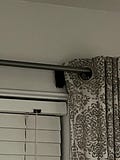



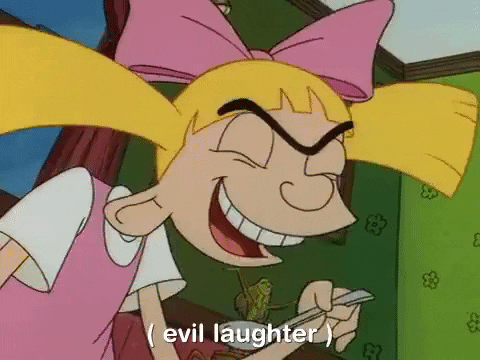
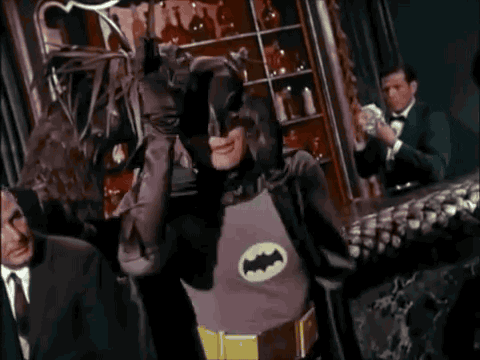
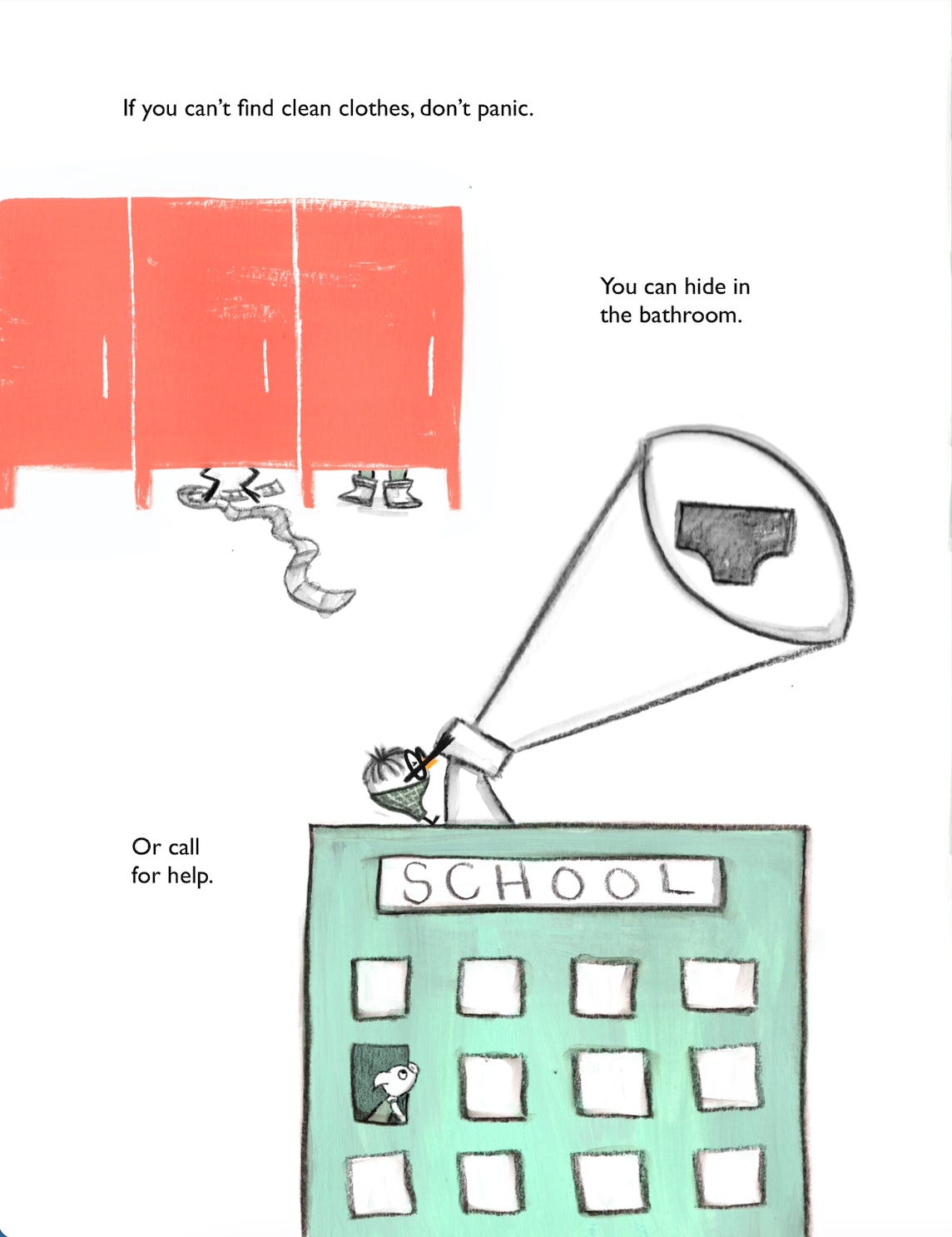
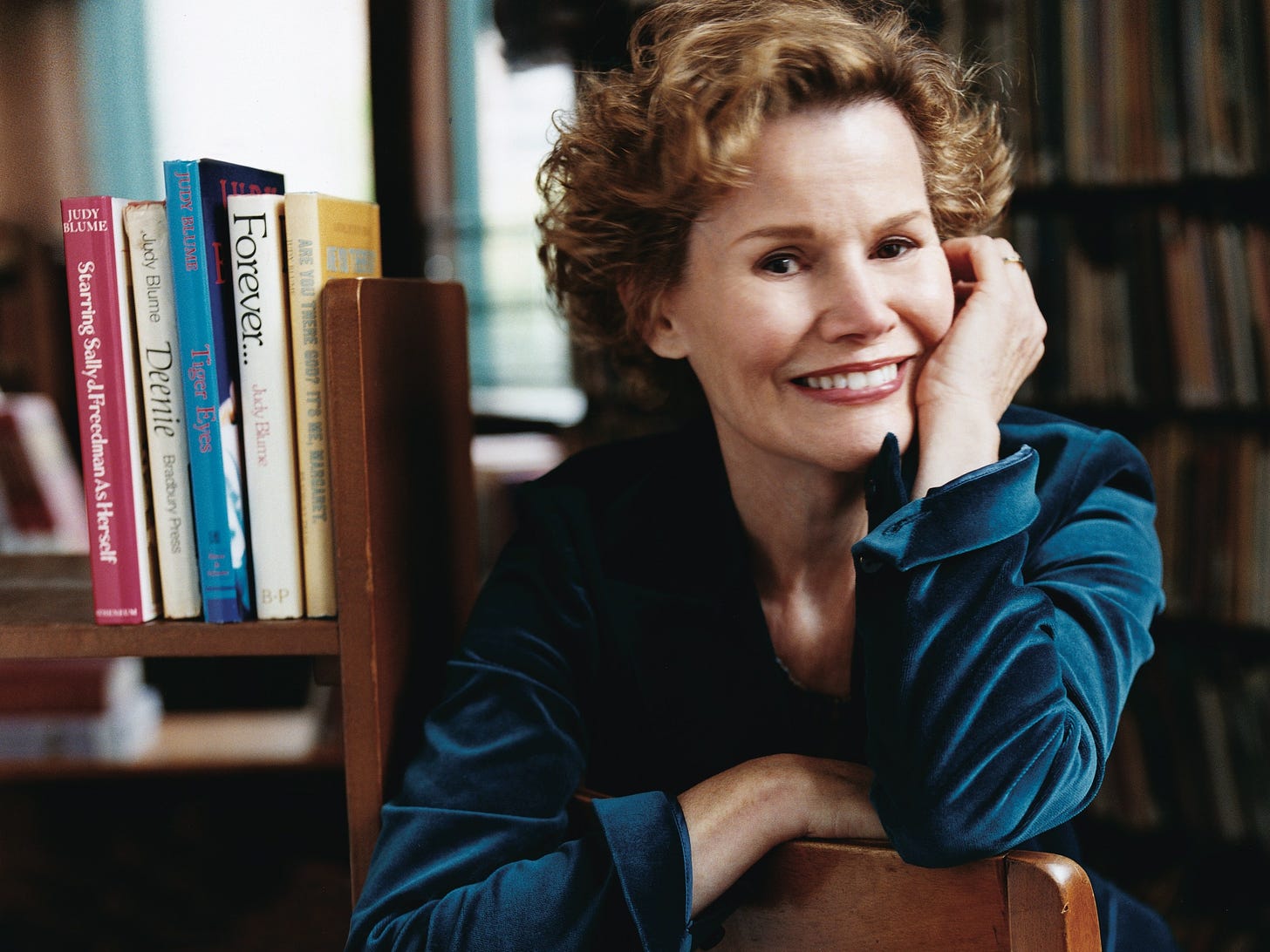
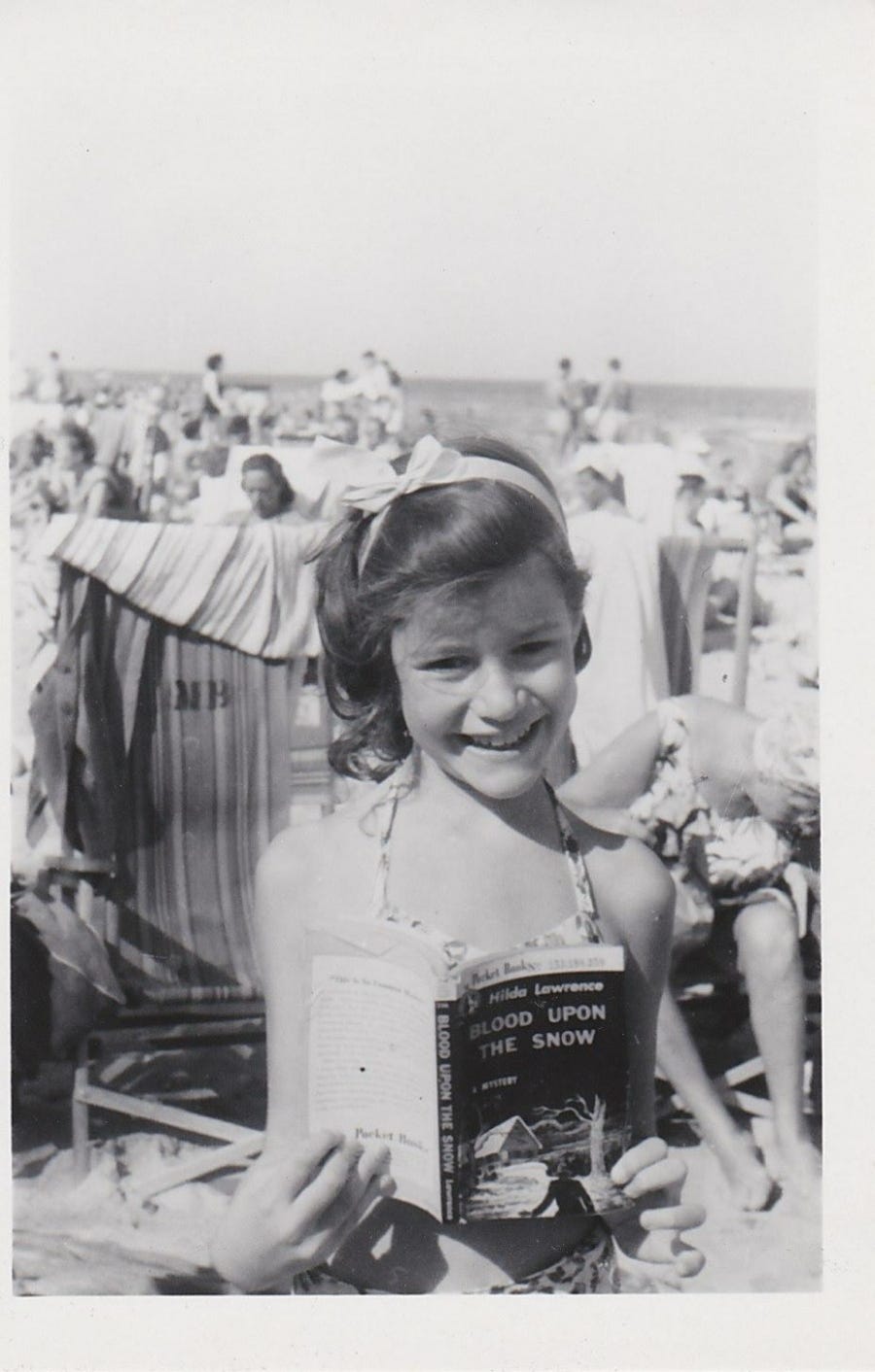
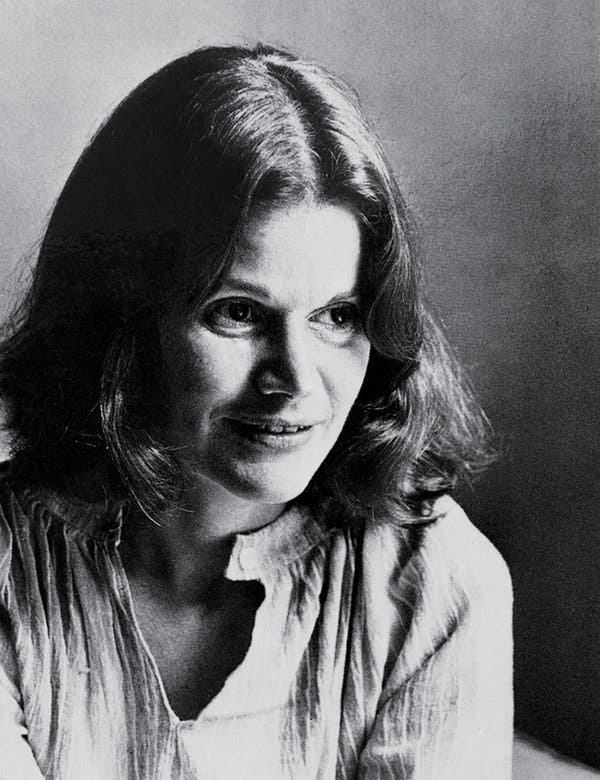
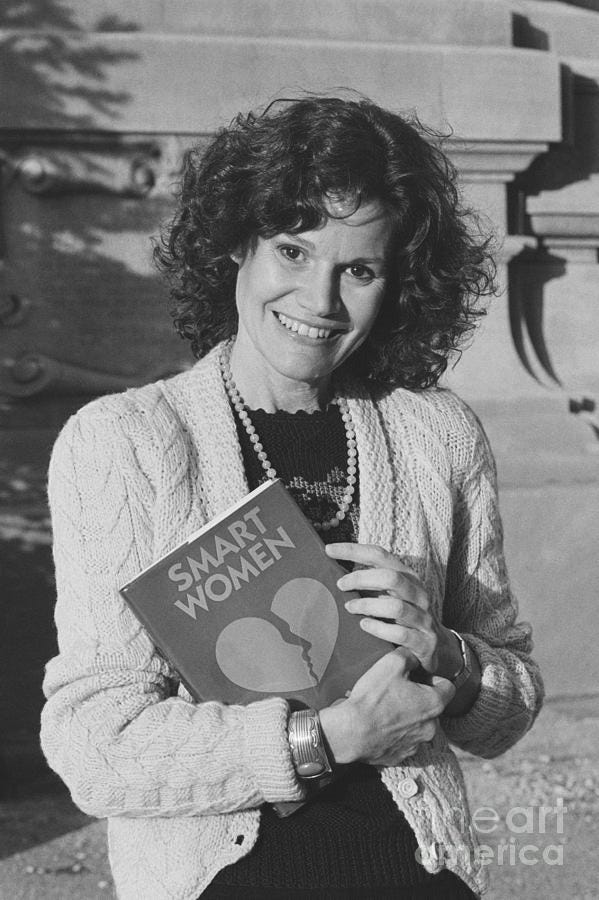
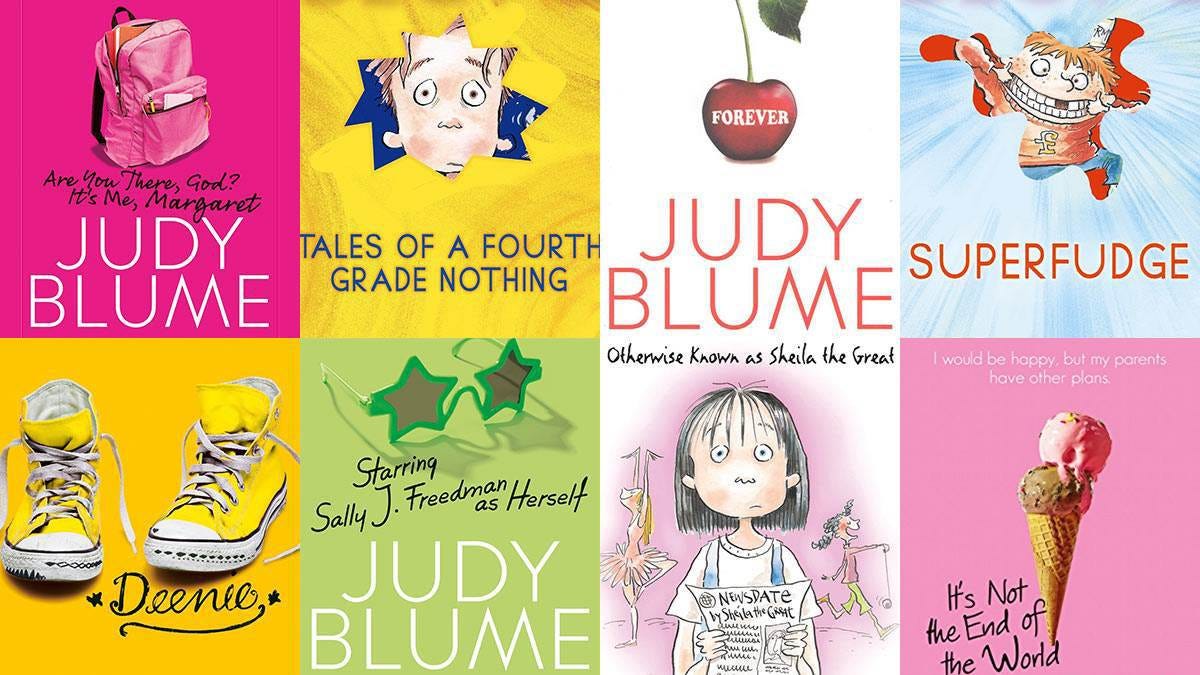
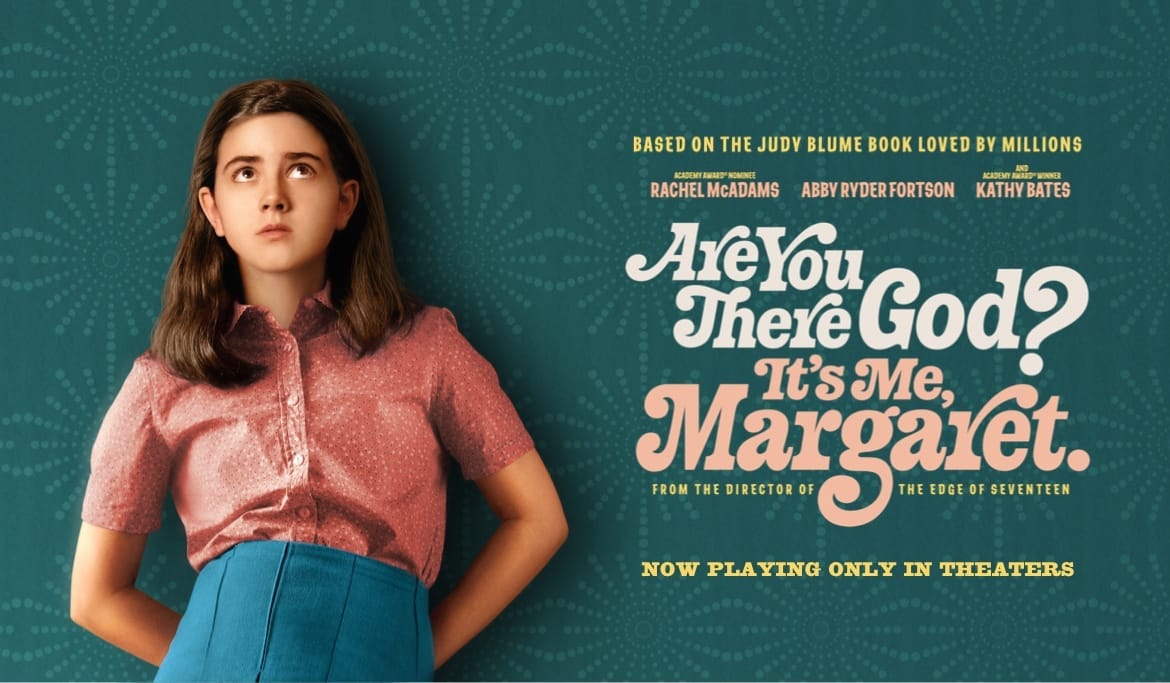
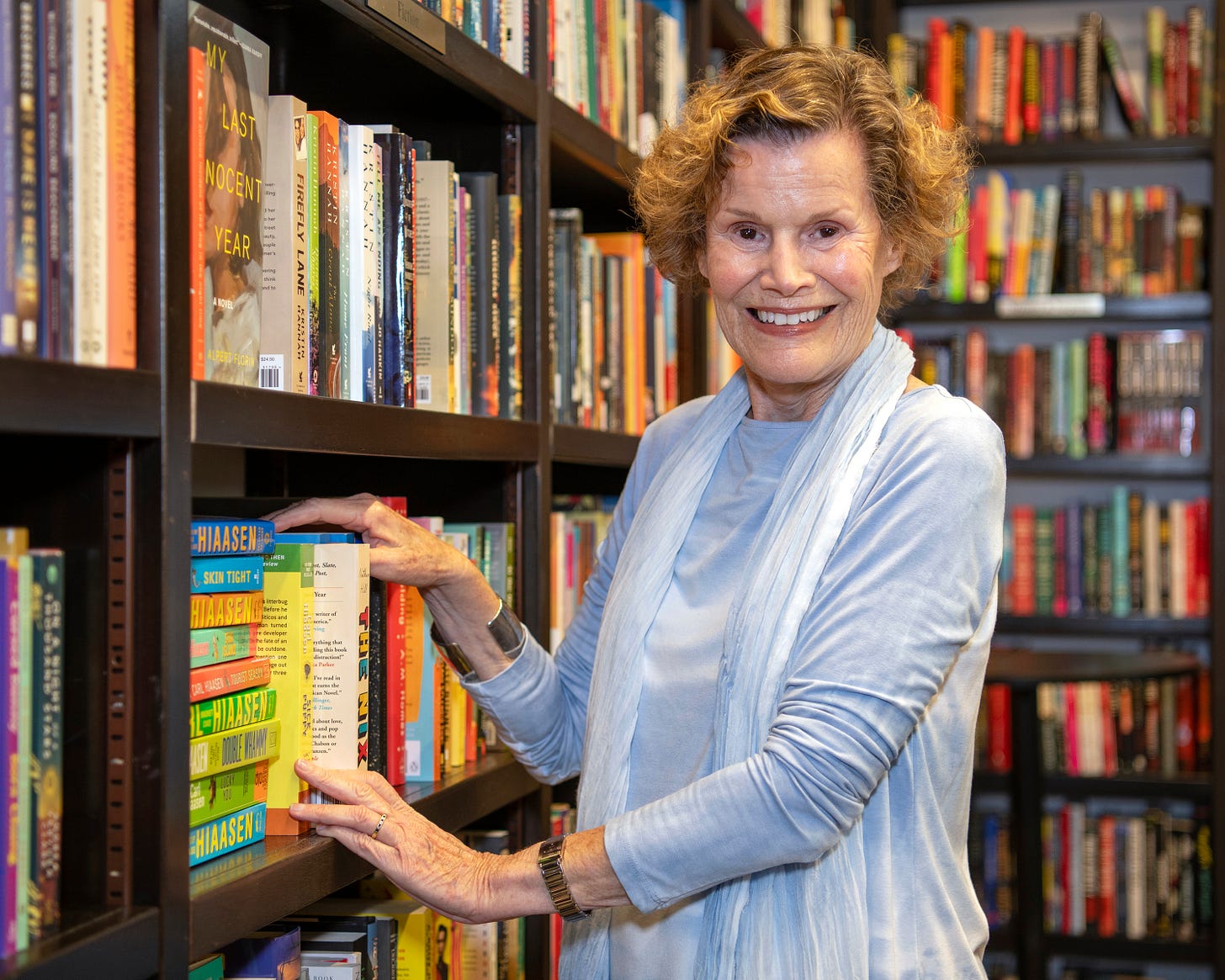


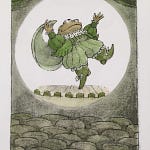
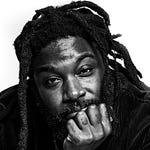

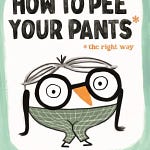
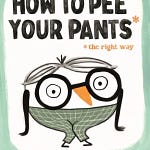


Judy Blume (and a bat in my bedroom)